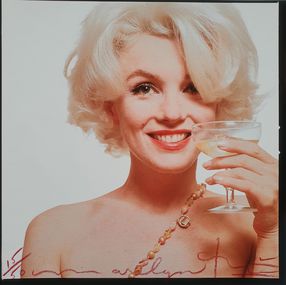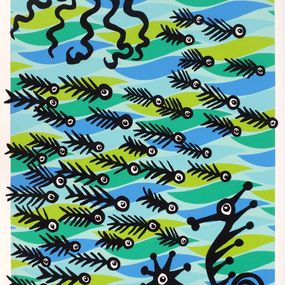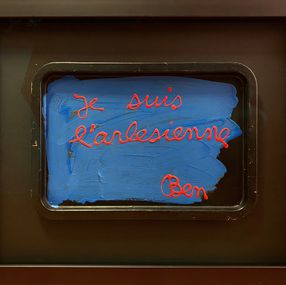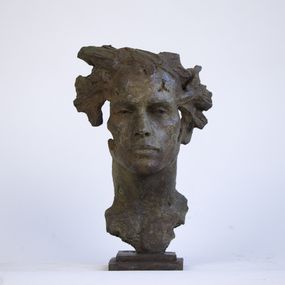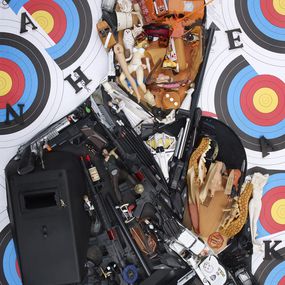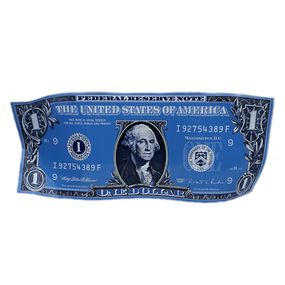

Biography
Manolo Millares, born in 1926 in Las Palmas de Gran Canaria and died in 1972, is an emblematic figure of contemporary Spanish art. Known for his deeply expressive abstract style, he left his mark on the art world with his unique works that explore themes of suffering and destruction, reflecting the tumults of his time.
Millares self-trained as an artist, a process that allowed him to develop a unique and personal vision of art. His interest in archeology and the ancient cultures of the Canary Islands deeply influenced his work, providing him with a rich reservoir of symbols and motifs. This cultural background, combined with his political and social commitment, has shaped his artistic approach and his favorite subjects.
Manolo Millares' work is characterized by the use of unconventional materials such as burlap (burlap), which he combines with paint and other elements to create complex textures and unsettling shapes. His paintings, often monochromatic, oscillate between black, white and shades of gray, reinforcing the feeling of desolation evoked by his themes. The “cuadros" (paintings), as he called them, serve as visual metaphors for the scars of humanity.
Manolo Millares has exhibited in many renowned galleries and museums around the world. His works have been featured in major exhibitions, highlighting his important role in the Spanish and international art movement. Additionally, he was a founding member of the El Paso Group in 1957, which contributed to Spain's artistic avant-garde and the introduction of new ideas and techniques into post-war Spanish art.
The work of Manolo Millares stands out not only for its technical and stylistic originality but also for its cultural and social impact. By exploring themes of destruction and reconstruction, Millares captured the anxieties of his time while offering a deeply humanist and critical view of society. His legacy endures, making him a key figure in modern Spanish art, whose influence continues to inspire artists around the world.
Nationality
Themes





